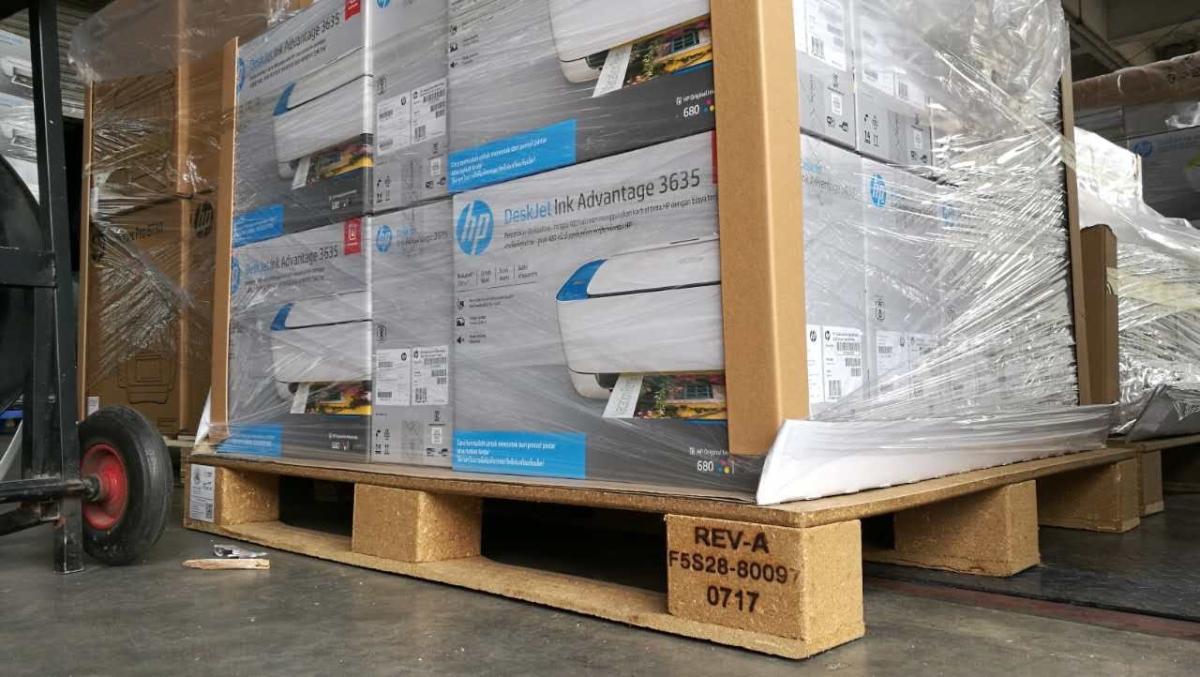China Can Reduce Air Pollution By Repurposing Leftover Straw
HP uses shipping materials made from straw to help reduce environmental and health concerns.

Originally published on Global Citizen
Each year, as farmers across China harvest their crops, more than 600 million tons of straw are left behind. Unfortunately, a large portion of the remaining stalks are simply burned to quickly and cost effectively clear fields for the next harvest.
But systematic burning is a significant source of air pollution and creates a major public health hazard. That’s because the burning process releases a large amount of pollutants, including particles that can affect the heart and lungs, into the air. Burning is also one of the primary contributors to haze and smog formation during the harvest periods in China.
While the government has outlawed straw burning, the practice continues across the country since there is little economic use for this crop waste. HP is helping to reduce these health concerns and improve the livelihoods of Chinese farmers by working with one of its suppliers to replace the wood pallets used to ship its products in the Asia Pacific region with pallets made from straw.
HP is the first IT company to use these pallets, made primarily from straw with some bamboo fiber and small amounts of nonhazardous binder materials. The pallets are moisture resistant, easy to assemble and reassemble, biodegradable, and reusable. And unlike plywood pallets, these pallets do not contain formaldehyde, which is dangerous to humans, and are not treated with other chemicals during the manufacturing process.
For HP the shift to these new pallets delivers several environmental, health, and societal benefits in addition to reducing the pollution created by burning the straw. For example:
- The manufacturing process uses less water and energy, and eliminates the need to harvest wood.
- The use of nonhazardous materials reduces the health risks of employees working in the manufacturing plant.
- By opening up a market for straw waste, this program provides farmers and their families with a new revenue source, helping improve their lives.
HP currently uses these straw pallets to ship its line of HP Inkjet printers to customers across the Asia Pacific area. It plans to expand the program to other products in 2018.
“This program represents HP’s commitment to lowering the environmental impact associated with its products, operations, and supply chain activities,” said Erik Troelsen, Director of Packaging Design and Procurement. “These straw pallets are just one example of our company’s long-standing efforts to find innovative ways to reduce the amount of packaging and shift to more sustainable materials. This program also complements our previously announced commitment to achieve zero deforestation by ensuring that all HP brand paper and paper-based product packaging are derived from certified or recycled sources by 2020.”

